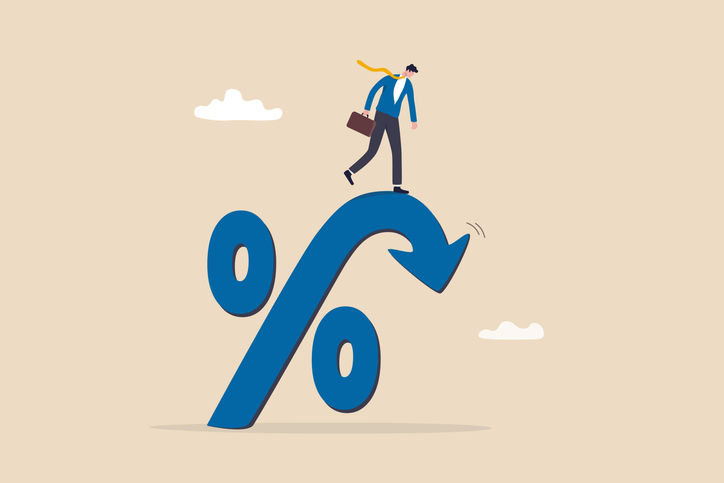For the first time in two years, the Bank of England has decided to lower it’s rate to 5% from 5.25%.
This remains a somewhat painfully high rate and banks will maintain their caution when it comes to making any changes.
From mortgages to savings accounts, your personal finances could be changing.
What does this mean?
This is a critical move for the UK economy and the decision has been anticipated for some time now. Lowering the interest rate is aimed at stimulating economic activity in the UK as they have a significant role in influencing borrowing costs, consumer spending and economic growth.
Lowering rates typically aims to encourage borrowing and investing by making it cheaper for businesses and consumers to take out loans including mortgages. This comes as Labour’s plan to build 1.5m more houses is under way and encouraging those with a lower budget to get onto the property market through affordable housing. Increasing borrowing should boost spending in various sectors and drive economic growth.
How does this affect my mortgage?
As the Bank of England lower its rate, many will be anticipating banks to follow suit. However, banks will likely be cautious due to inflation, which is projected to rise to 2.75% by the end of the year before dropping again, according to the Bank of England
If you have a fixed-term mortgage, you will not benefit from the lower rate until your term ends, affecting approximately 6.9 million households. Those whose terms end this year might see a drop in rates compared to last year. However, for the 1.6 million households that started their terms in 2021 before the significant rate hikes, the difference will be more pronounced.
UK Finance have estimated an average £28 monthly drop in payments following the announcement however, don’t expect the shift to be instant.
Will this affect my savings?
High bank rates lead to higher borrowing costs for loans and mortgages but also result in better returns on savings. Those with variable rate savings accounts may see changes in their interest rates. This is expected to happen on Friday, so there is time to organize and lock in your savings.
Consider starting with fixed-savings bonds now before rates drop. The Guardian reports that last September, you could earn over 6% on a one-year account, while last week, a one-year account paid 4.64%. By applying for a fixed-rate savings account, you ensure that the interest rate remains unchanged for the duration of the term.
Are their downfalls of lowering the bank rate?
A reduction in the interest rate carries certain risks and potential economic imbalances. It can result in excessive borrowing leading to increased debt levels for business and consumers.
There is also a likelihood that the returns on savings could significantly diminish, lowering earning for savers and affecting their ability to spend.
Will the rate remain at 5%?
The next announcement from the Bank of England comes on the September 30th, this will be an indicator of the stability of the UK economy. Whether the rates will once again drop, remain the same or increase will be a crucial moment.
Market expectations propose that the interest rate will drop to 3.5% over the next 3 years.
Whilst this will mark a significant reduction from current levels from the past two years, it remains considerably higher than the historic low of 0.1% experienced in 2020.














